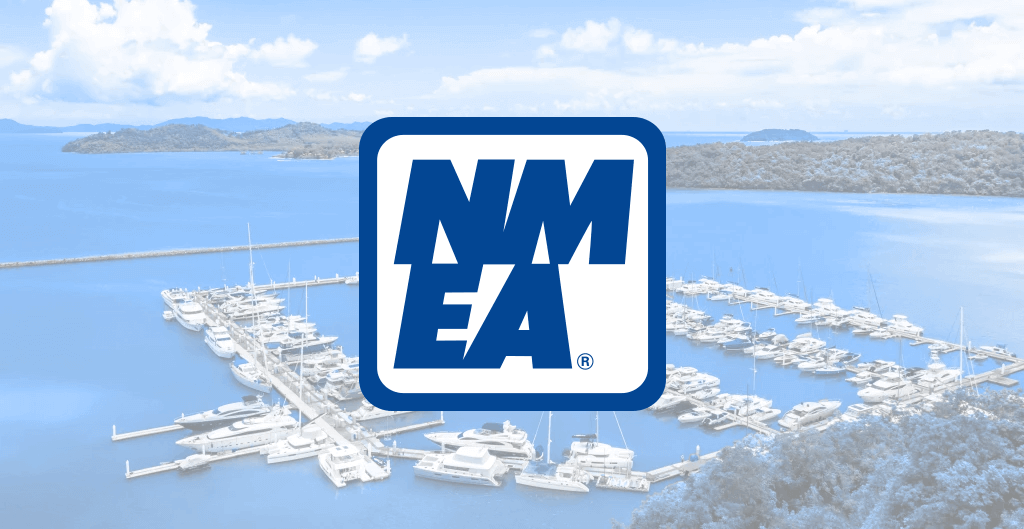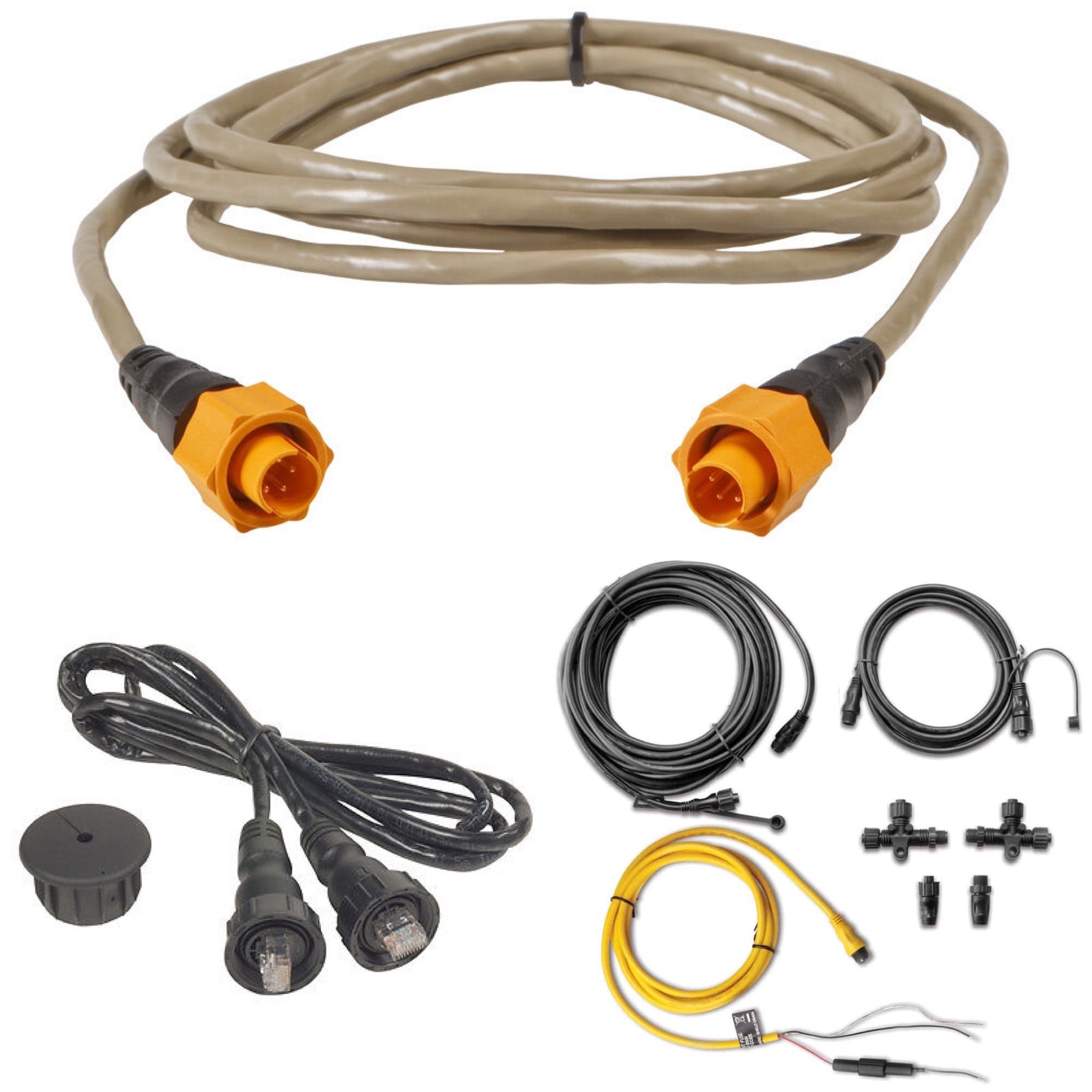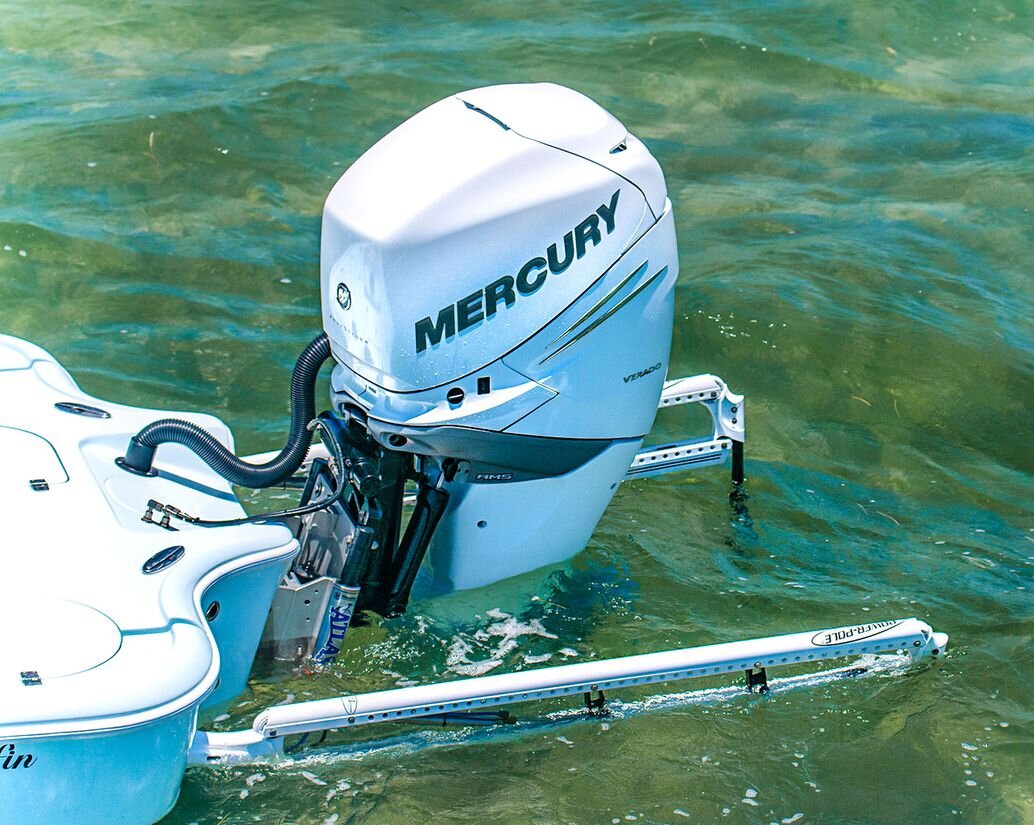Embarking on the journey of setting up a NMEA 2000 network for your boat often seems like a daunting task. At BOE Marine, where we receive weekly inquiries about this very process, we've come to realize that it's much simpler than it's made out to be.
In today's world, a NMEA 2000 network has become needed, acting as the vital link connecting various marine electronics and data transfer. Whether it's integrating different devices with MFDs or chartplotters, this network streamlines operations with easy connectivity.
The beauty lies in its simplicity—no intricate wire splicing involved, just straightforward connection of cable wire ends.
You will need to start with a NMEA 2000 starter kit, a comprehensive package encompassing everything required for smooth sailing. This kit typically includes multiple T connectors, a duo of resistors, a couple of backbone cables, and the essential power cable. The Garmin power cable is often times Yellow.











